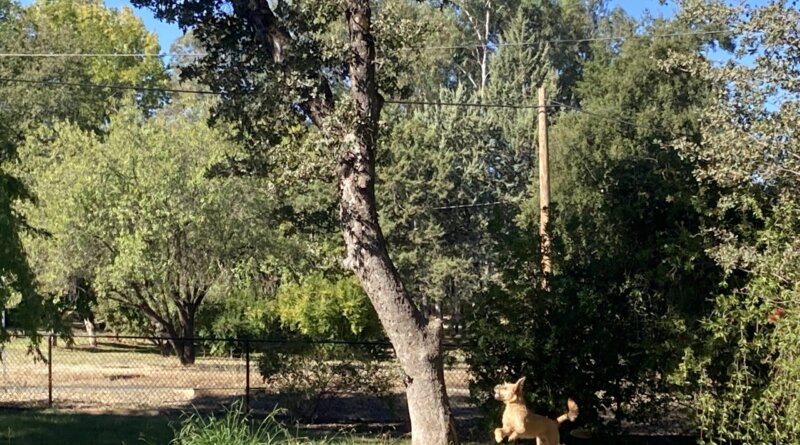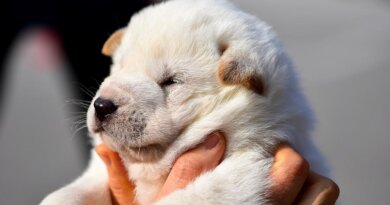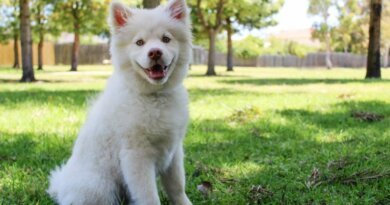Boone & The Squirrel: Recall When Your Dog is Distracted
Dog trainers like to say that our dogs do what works for them. The thought behind that concept is that dogs are extraordinarily good at figuring out how to get what they want. Consciously and unconsciously, they constantly weigh their circumstances and make decisions about where the most benefit for them resides. What’s the most fun? Where are the most calories? Which is the most comfortable bed? Which person in the family is most likely to give them a treat, or scratch them the way they like the most?
The reason trainers tell you this is so that you don’t take your dog’s opportunistic decisions personally, or ascribe any evil intent to them when they choose chasing a squirrel over coming when called. Of course, chasing a squirrel is more fun than coming to you, even if you are armed with handfuls of delicious treats!
We can use our superior knowledge of animal behavior to manipulate their actions, though. Through a great number of trials, we can “condition” them to value coming when called, with a rich history of giving them things they value highly when they respond to our recall cue. With a rich enough reinforcement history – and not nearly as many opportunities to chase a squirrel – when momentarily caught between the stimulus of spotting a squirrel on the back fence and hearing our recall cue, their internal calculator should almost instantly tell them that the most reinforcing, enjoyable, sure thing to do would be to speed back toward you for treats or a session of tug with their favorite toy.
This can fail, though, if the reinforcement history of their squirrel chasing is richer and/or longer than their history of receiving reinforcement from you. If they get to chase squirrels daily, or perhaps have been chasing squirrels for months before you decided it was problematic and started trying to teach them to come away from the squirrels when you call – well, you’re fighting an uphill battle. You’re going to have to beat that ratio, by a lot, and for a long enough time that the thrill that courses through their body when they spot or hear a squirrel begins to fade. Ideally, you’ll reinforce the coming-when-called behavior with something that lights them up as much as squirrel-chasing did – that’s hard to do!
It will help immensely if you can somehow prevent their access to seeing, hearing, and much less chasing squirrels while you are building the reinforcement history for coming-when-called. You need time to build a mountain of reinforcement on the coming-when-called side of the decision calculator, and you can’t build a bigger mountain on that side if the contractors are building just as fast – or faster – on the squirrel-chasing side.
Bringing this all back home
As an old boyfriend who was prone to telling long stories used to say to me, I told you all that so I could tell you this:
I have been having really good success with calling 10-month-old Boone away from all sorts of distractions. We live on a corner in a rural area, on a two-acre lot, so we have a looooong fence line. When people walk or jog or bike by our house, it gives my dogs a looooong opportunity to spot the people – and potentially run to the fence and run along barking.
Dogs who bark, bark, bark without any interest or intervention from their owners is one of my pet peeves. I love for my dogs to alert me to potential intruders – but I also want them to have enough judgment to not bark when people are just passing by. I’ve spent literally hundreds of dollars on high-value treats and foods and toys so that I can richly reinforce my dogs for coming when I call them away from barking at passersby. Since I was fostering Boone since he was about 6 weeks old, long before I decided to keep him, he’s had nearly zero reinforcement history of unfettered barking at squirrels or people, or chasing either of those tempting targets down the fence line, and a ton of reinforcement for coming when called.
Remember, I work at home, so I have opportunities to do this literally all day long. I’ve done this so consistently with Boone that now, when he spots a person walking down the road, he will often let out a woof, start to run toward them, and then, without my calling him at all, run at top speed to my office to receive the treat he knows will be there for him. Woohoo! Good Boone! Good Nancy!
I might have to call him if the person outside my fence is more exciting, though. People walking dogs or walking with little children are more tempting to investigate. A squirrel on the fence or running across the power lines in front of our house? That’s getting a little more exciting. Someone delivering a package to the gate is even more tempting – they might try to open the gate and come in! But still, with a high rate of reinforcement, he’s been doing great. I can call him back to me from any of those situations. He’s been doing absolutely super – and then, the other day, it all fell apart.
Squirrels: Our new nemesis
Last week, I heard Boone barking with an unfamiliar excitement in his voice, and so instead of waiting for him to return on his own, or calling him without knowing what he was barking at (it may have been an intruder, after all), I rushed out of my office toward the lawn in front of my house. As I approached, I could hear a squirrel chittering and could see Boone leaping in the air around a tall oak tree in our front yard. Whew, no intruder. I called him once, and he glanced toward me, but with the proximity of the squirrel, and my lack of proximity (I was still maybe 50 yards away), his decision calculator said, “Don’t go to her! Stay here! You’ve got this sucker!”
No big deal. I wasn’t worried; the squirrel was a good 20 feet off the ground. I would call Boone away when I got closer and anyway, I figured I should take a photo before calling him. Honestly, it was a good photo opportunity! I always have my phone in my pocket, and the light was perfect for capturing a photo of a dog leaping at a tree with a squirrel in it! I could use that photo in the magazine! And then call him off. That was my plan, anyway.
I took several photos as I walked closer, and was just about to call him when the unthinkable happened. Inexplicably, the squirrel attempted to leap from the top of the tree to another tree, but he missed the catch, and fell 20 feet through the air, landing on the grass about three feet in front of Boone. For a split second, all three of us were frozen in shock. And then Boone dived for the squirrel, and it ran frantically for the fence, about 20 feet away, with Boone snapping at his heels. He slipped through the chain link with Boone about a centimeter behind him.
Needless to say, this event was an 11 on the 1 to 10 scale of “things that get dogs berserk.” Boone looked like someone had plugged him into a light socket; he was electric with excitement. Calling him away from the fence? Impossible. He had zero brain cells available to respond to my call; they were all taken up with the task of figuring out WHERE DID THE SQUIRREL GO AND WHEN WILL IT BE BACK? HOW DID I MAKE IT FALL OUT OF THE SKY LIKE THAT? I WANT TO DO IT AGAIN! I actually picked Boone up and carried him, struggling, away from the scene. It took him a good hour to calm all the way down.
And now, despite my hundreds of dollars of spending on treats and toys, and thousands of repetitions of getting reinforced for coming when called, if there is a squirrel chittering in the trees, my mountain of reinforcement history transforms in a moment into a molehill of tasteless gravel. Ugh.
We will start rebuilding our mountain, one slow pebble at a time, but dang you, squirrel! What were you thinking?!
The only good news here is that his recall is still superb when humans walk by. Just this morning I easily called Boone away from barking at the kids who were waiting for their school bus just outside our fence. As long as none of them launch themselves over our fence and challenge Boone to a footrace, we should be okay.
Boone’s recall away from humans is still pretty good. If you listen, you can hear the kids waiting for their school bus on the other side of the fence. ©Nancy Kerns




